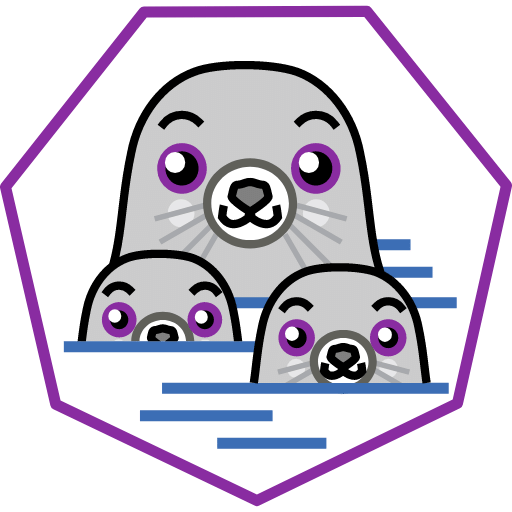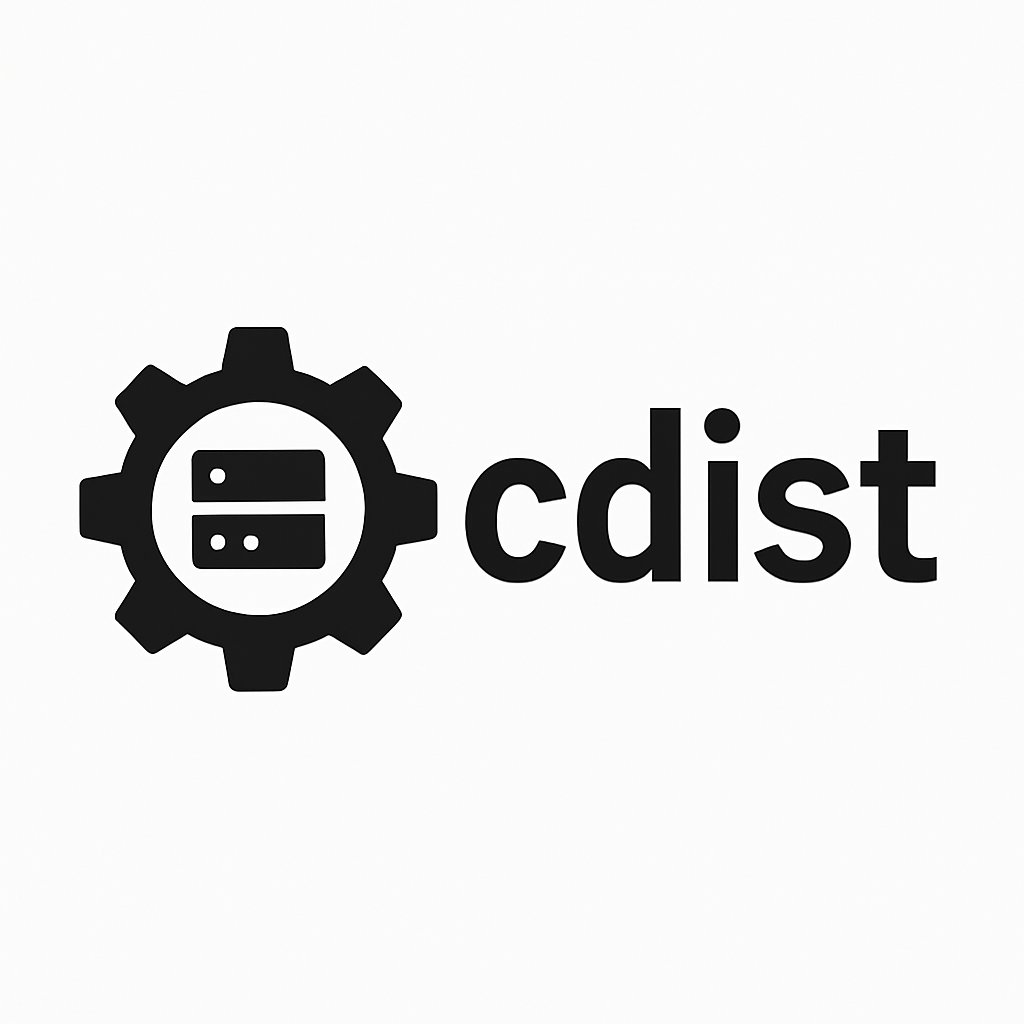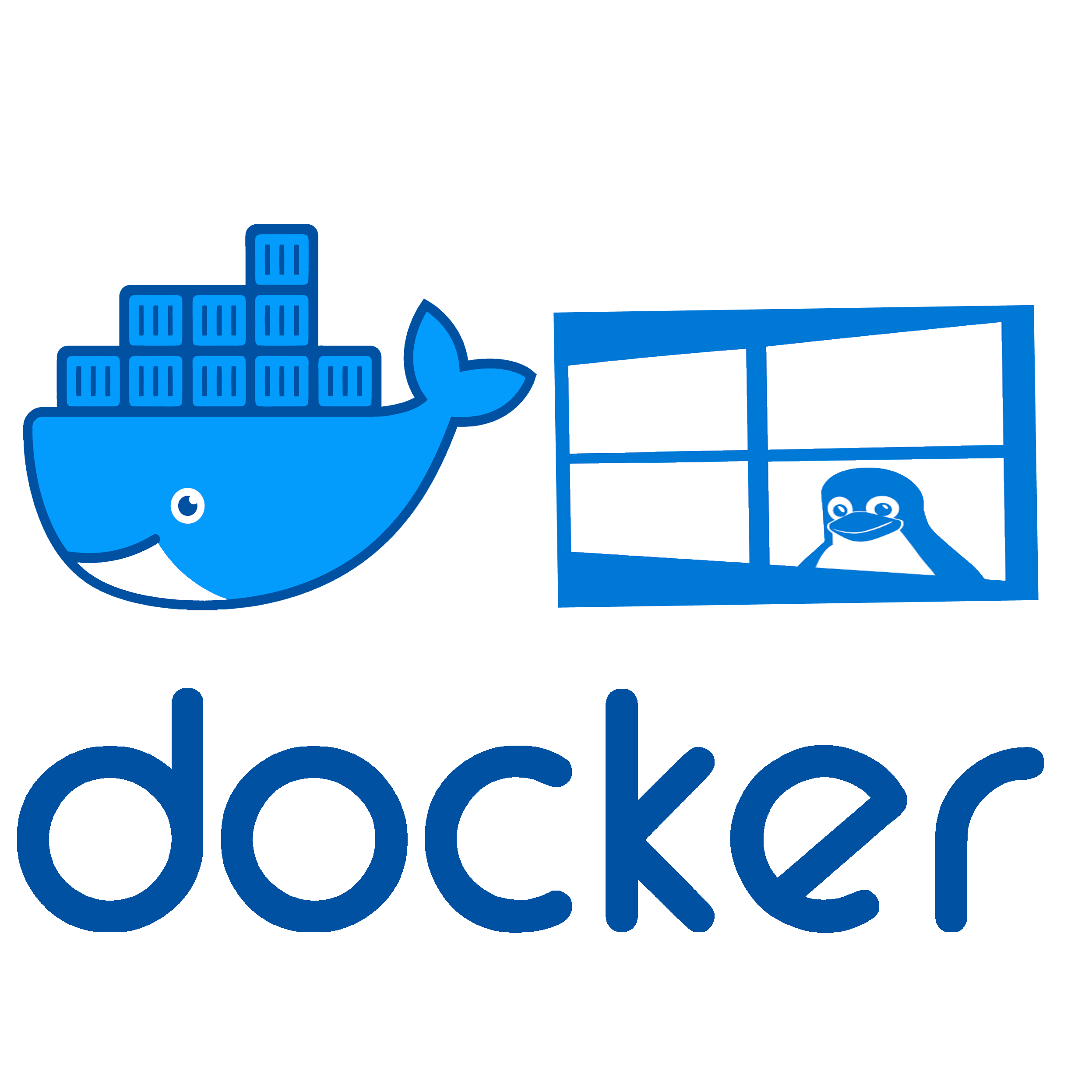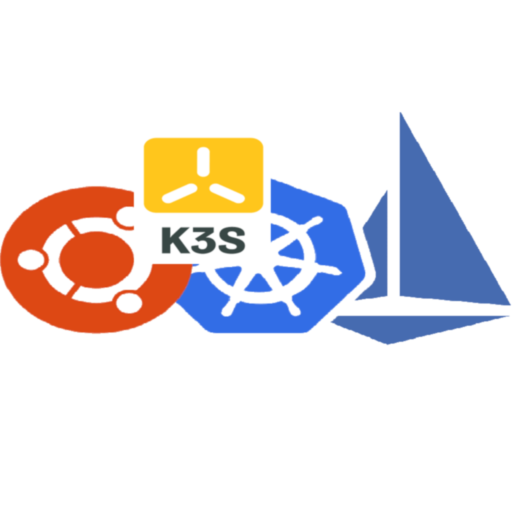Podman – Containers Without the Daemon, and Without the Fuss
What Is Podman
Podman is a container engine that looks and feels a lot like Docker — same commands, same behavior — but with one major twist: no central daemon.
It’s daemonless, rootless by design, and better aligned with how Unix systems typically manage processes.
Instead of relying on a long-running service like ‘dockerd’, Podman uses standard Linux process models. That means each container runs as a direct child of the launching process — no privileged background services. This makes it much easier to secure, debug, and integrate into existing workflows, especially on multi-user systems.
It’s developed and maintained by Red Hat, and plays nicely with systemd, Kubernetes YAML, and even Docker Compose (via wrappers).
Feature Table
| Feature | Description |
| CLI Compatibility | Docker-compatible (`podman run`, `podman build`, etc.) |
| Daemon Model | Daemonless — containers run as child processes |
| Rootless Support | Fully functional as a non-root user |
| Compose Integration | Supports Docker Compose via `podman-compose` or Docker socket emulation |
| OCI Compliance | Builds and runs standard OCI containers |
| Systemd Integration | Generates native unit files to manage containers |
| Kubernetes Export | Convert containers to K8s YAML using `podman generate kube` |
| Platforms | Linux-native, partial Windows/macOS via VMs |
| License | Apache 2.0 |
| Website | https://podman.io |
What It’s Like to Use
If you’ve ever used Docker from the command line, Podman won’t feel foreign. You can run containers the same way, build images, check logs — even alias docker=podman and mostly forget you switched.
But under the hood, there’s no daemon holding things together. Each container is its own process tree. This simplifies how containers are monitored, especially under systemd. It also improves security: non-root users can build, run, and manage containers without elevated privileges.
Podman also plays well in air-gapped or secure environments, where rootless operation is more than just a nice-to-have.
When Podman Makes Sense
– Multi-user Linux systems where Docker’s daemon model is problematic
– Running containers inside CI jobs or isolated user sessions
– Environments with strict rootless or non-privileged execution requirements
– Generating systemd units or Kubernetes manifests from container setups
– Transitioning away from Docker without losing command-line familiarity






